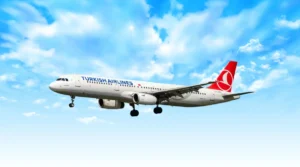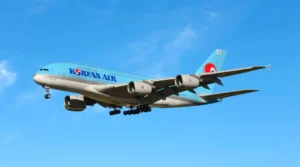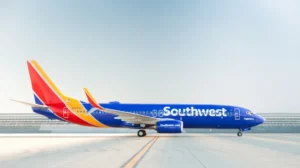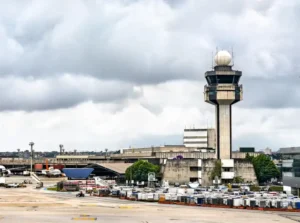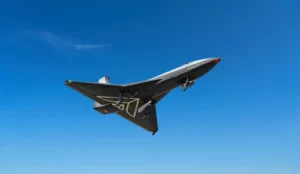Is Climate Change Impacting Aviation?
Climate change is increasingly impacting aviation, with studies showing a significant rise in turbulence due to changing wind patterns. As the aviation industry grapples with these challenges, it must also confront its own contribution to climate change and work towards more sustainable practices.
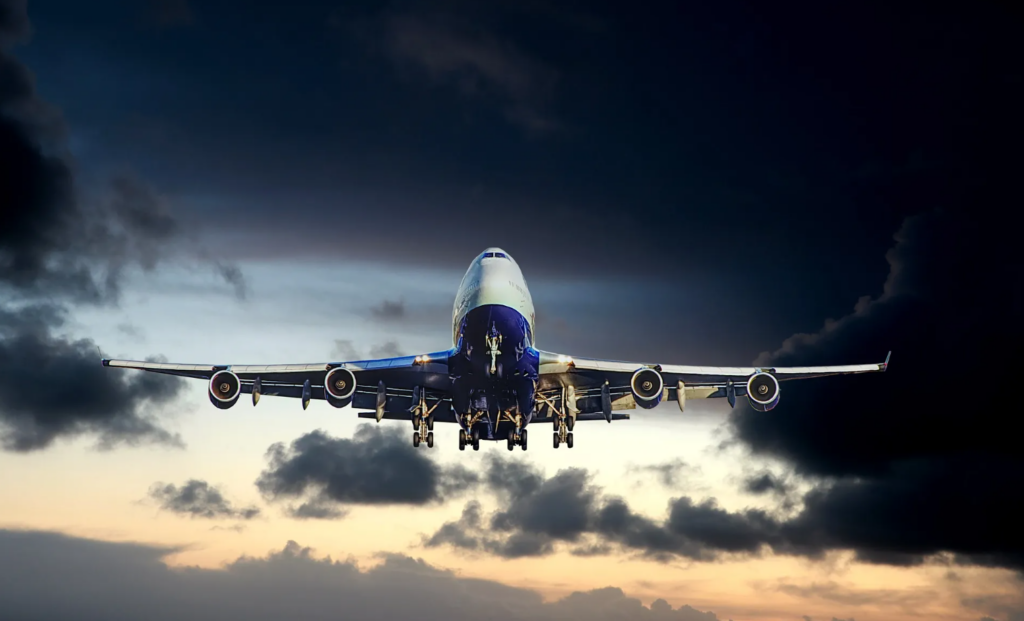
Photo Source: https://i0.wp.com/
The skies above us are akin to a vast ocean, with aircraft control surfaces mimicking boats at sea. But is this aerial ocean becoming choppier due to climate change?
Recent incidents of severe clear air turbulence have raised concerns about its increasing frequency and severity. Clear air turbulence, often undetectable, has been throwing heavy jet liners around, and climate change may be to blame.

Climate Change and Turbulence
Research from the University of Reading in the UK found that turbulence on Atlantic routes increased by 55% between 1979 and 2020. The study attributes this rise to changes in high-altitude wind speeds caused by warmer air from carbon emissions. Similar patterns were observed across Europe, the Middle East, and the South Atlantic.
Isabel Smith, one of the study’s authors, states, “The culprit behind the newly turbulent skies is climate change.” She warns that as global temperatures rise, turbulence will become more frequent and intense.
Professor Paul Williams of Reading University predicts that air turbulence, particularly in the northern hemisphere, could triple in the coming decades due to changes in the hot and cold air that influence the Atlantic Jetstream.

The Cost of Turbulence
Clear air turbulence is particularly dangerous as it is invisible and can occur without warning. It disrupts the smooth airflow over aircraft wings, leading to sudden and violent jolts. This not only endangers passengers and crew but also increases wear and tear on aircraft, costing the industry millions in repairs each year. According to the NTSB and the Centre for Atmospheric Research, about 65,000 aircraft experience turbulence annually.
Cabin crew are the most affected by turbulence, accounting for 80% of related injuries, as they are often unstrapped during flights. Passengers are advised to keep their seatbelts fastened at all times.
Aviation’s Contribution to Climate Change
Aviation itself is a significant contributor to climate change. In 2019, commercial aviation consumed 95 billion barrels of fuel, accounting for 8% of global fuel use. This figure is expected to rise to 15 million barrels per day by 2050, according to Bloomberg NEF research.
The European Commission highlights that a round-trip flight from Lisbon to New York leaves a carbon footprint equivalent to heating a home for a year. Aviation accounts for over 13% of all transport emissions and ranks among the top ten emitters globally.
Steps Toward Sustainability
Despite these challenges, the aviation industry is making strides in reducing emissions. Between 2005 and 2017, emissions per passenger fell by 24% due to improved engine efficiency and the retirement of older aircraft. Modern aircraft engines, like those on the Boeing 737 Max, are designed to be more fuel-efficient, contributing to a 20% increase in efficiency compared to previous models.
The EU aims to reduce transport emissions by 90% by 2050, and aviation must play a key role in this effort. As technology advances, the industry continues to explore more sustainable solutions, although the journey to greener skies is still ongoing.
In summary, climate change is indeed impacting aviation by increasing turbulence and altering wind patterns. At the same time, aviation contributes to climate change through substantial fuel consumption. Addressing these issues requires ongoing innovation and a commitment to sustainability from the aviation industry.

